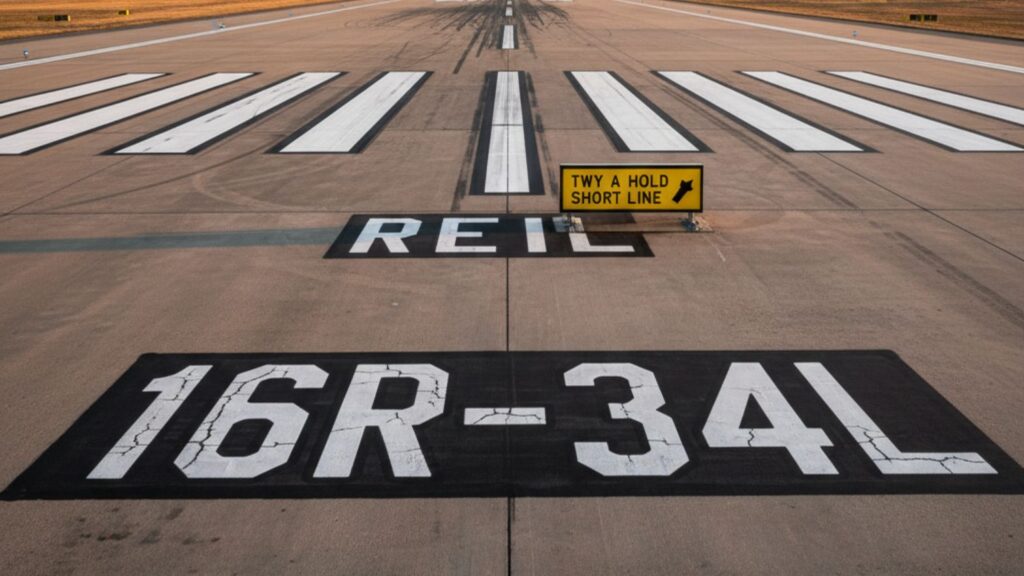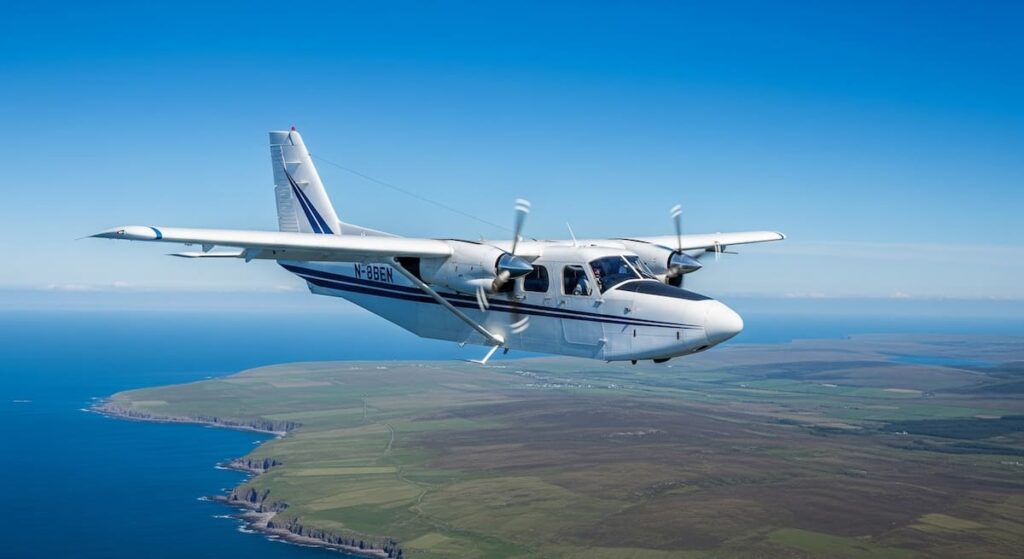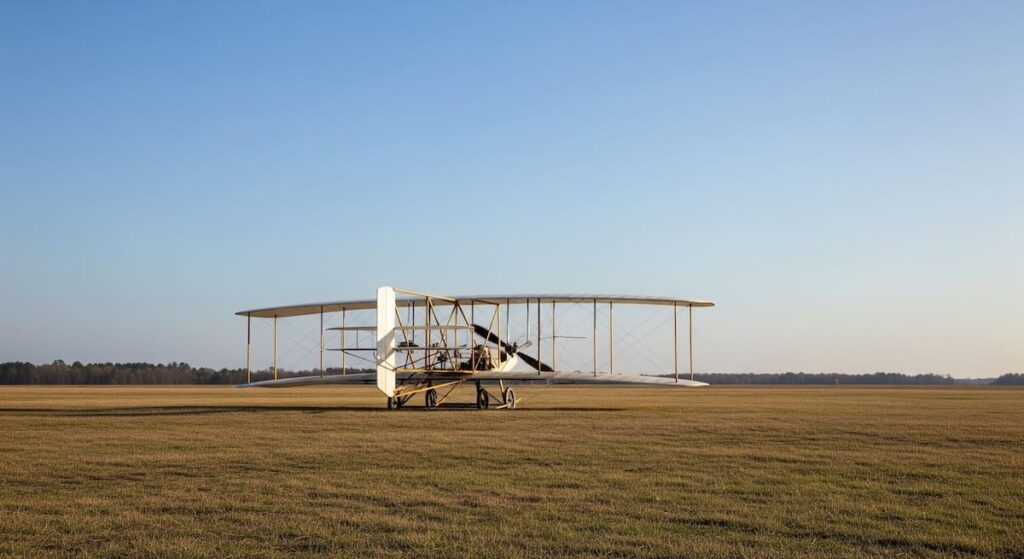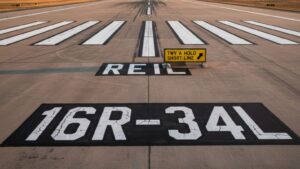Air travel is often called the safest mode of transportation, with millions of flights taking off and landing safely every year. But there have been times when normal trips turned into life-threatening ones. These are the times when quick thinking, skill and plain old bravery made the difference between life and death. In-flight emergencies put the pilots, crew and sometimes even passengers to the test. What they did changed the course of aviation history and led to better safety measures that keep travellers safe today. This post looks back at some of the most interesting stories of people who survived in the air, showing how important training, resilience and working together are.
US Airways Flight 1549: The Hudson River Miracle
US Airways Flight 1549 on January 15, 2009, is one of the most amazing examples of heroism in aviation. The plane hit a flock of geese soon after taking off from New York’s LaGuardia Airport, which disabled both engines. Captain Chesley “Sully” Sullenberger and First Officer Jeffrey Skiles had only a few minutes to do something. Sully made the brave choice to land the Airbus A320 on the Hudson River because it had no engine power and there was no safe runway nearby.
All 155 people on board lived. People remember the event as a turning point in aviation, which shows how important simulator training is for pilots and how important it is for leaders to be able to make quick decisions in high-pressure situations.
British Airways Flight 5390: The Captain Who Held On
British Airways Flight 5390 from Birmingham to Málaga had a scary situation in 1990. The left cockpit window suddenly blew out as the plane climbed after takeoff. This was because the wrong bolts were used during maintenance. Captain Tim Lancaster was pulled halfway out of the plane, with only his legs holding him back on the controls.
The crew acted quickly to save him. While co-pilot Alastair Atchison flew the plane, flight attendant Nigel Ogden grabbed the captain and held on to him for almost 20 minutes. Incredible as it may seem, Captain Lancaster lived. The event showed how important it is to follow strict maintenance procedures and work together under pressure.
Air Canada Flight 143: The Gimli Glider
Due to a mistake in converting metric units, Air Canada Flight 143 ran out of fuel in the middle of its flight on July 23, 1983. Captain Robert Pearson and First Officer Maurice Quintal flew the Boeing 767 to 41,000 feet, where it lost power and became a glider. They had to land quickly, and the only place they could do it was at an old airfield in Gimli, Manitoba.
The pilots used advanced gliding techniques to safely land the plane. Even though the landing was rough and the nose gear broke, all 69 passengers and crew lived. This event showed how important it is to have flying skills that go beyond automated systems and led to stricter rules for calculating fuel.
Qantas Flight 32: A Matter of Millimetres
After leaving Singapore for Sydney on November 4, 2010, Qantas Flight 32, an Airbus A380, had a terrible engine failure. Debris broke a number of systems, such as the fuel lines and hydraulics. Captain Richard de Crespigny and his crew had to deal with an unprecedented technical crisis when dozens of alarms went off in the cockpit.
The crew was able to get back to Singapore and land safely by working together and making decisions in a planned way. The event showed not only how strong pilot training is but also how tough modern aircraft design is. Later, passengers said that the crew’s calm reassurance kept everyone from panicking on board.
Air France Flight 447: Lessons Learnt
Not all emergencies end with people living, but they still make flying safer. Air France Flight 447 crashed into the Atlantic Ocean on June 1, 2009, after running into a storm and losing important instrument readings. The crew had trouble making sense of the conflicting data, which caused a stall that could not be fixed.
The tragedy took all 228 lives, but it led to big changes in how pilots are trained, especially when it comes to dealing with unreliable speed data and stalls at high altitudes. It also made airlines and manufacturers work harder to improve black box technology and weather monitoring. Even in times of tragedy, aviation learns and changes, making future flights safer.
The Human Factor in Aviation Safety
These stories show a strong truth: advanced technology can only do so much, and human judgement is still very important for safety in aviation. Pilots go through a lot of training to prepare for situations that might never happen in their jobs, but when the unthinkable happens, those hours of practice save lives.
People often don’t give enough credit to the cabin crew, but they are very important for keeping passengers safe. Their ability to stay calm, know how to evacuate and practise emergency drills can make the difference between order and chaos. In some cases, even passengers have stepped in, showing that professionals aren’t the only ones who can be brave and think clearly.
How Do These Stories Inspire Change?
There is a legacy from each emergency. The miracle on the Hudson made people pay more attention to stopping bird strikes and giving pilots more power to make decisions. The Gimli Glider showed how important it is to have the same fuel standards all over the world. The Qantas Flight 32 case showed how strong modern planes are when they are flown by experienced crews. Even disasters like Air France 447 changed how pilots are trained all over the world.
These changes help both international airlines and domestic airlines. More people are flying every year, and safety improvements make sure that air travel stays safe and reliable.
To Wrap It Up
It’s never just luck that keeps you alive in the air. It has to do with being ready, being professional and having the guts to make quick decisions when things get really bad. Time and time again, pilots, crew and even passengers have shown that people can bounce back from mechanical failure, bad weather and other unexpected problems.
Every story of survival is also a story of growth. These stories remind us that even though technology makes flying easier, it is the human spirit that really keeps the skies safe.










